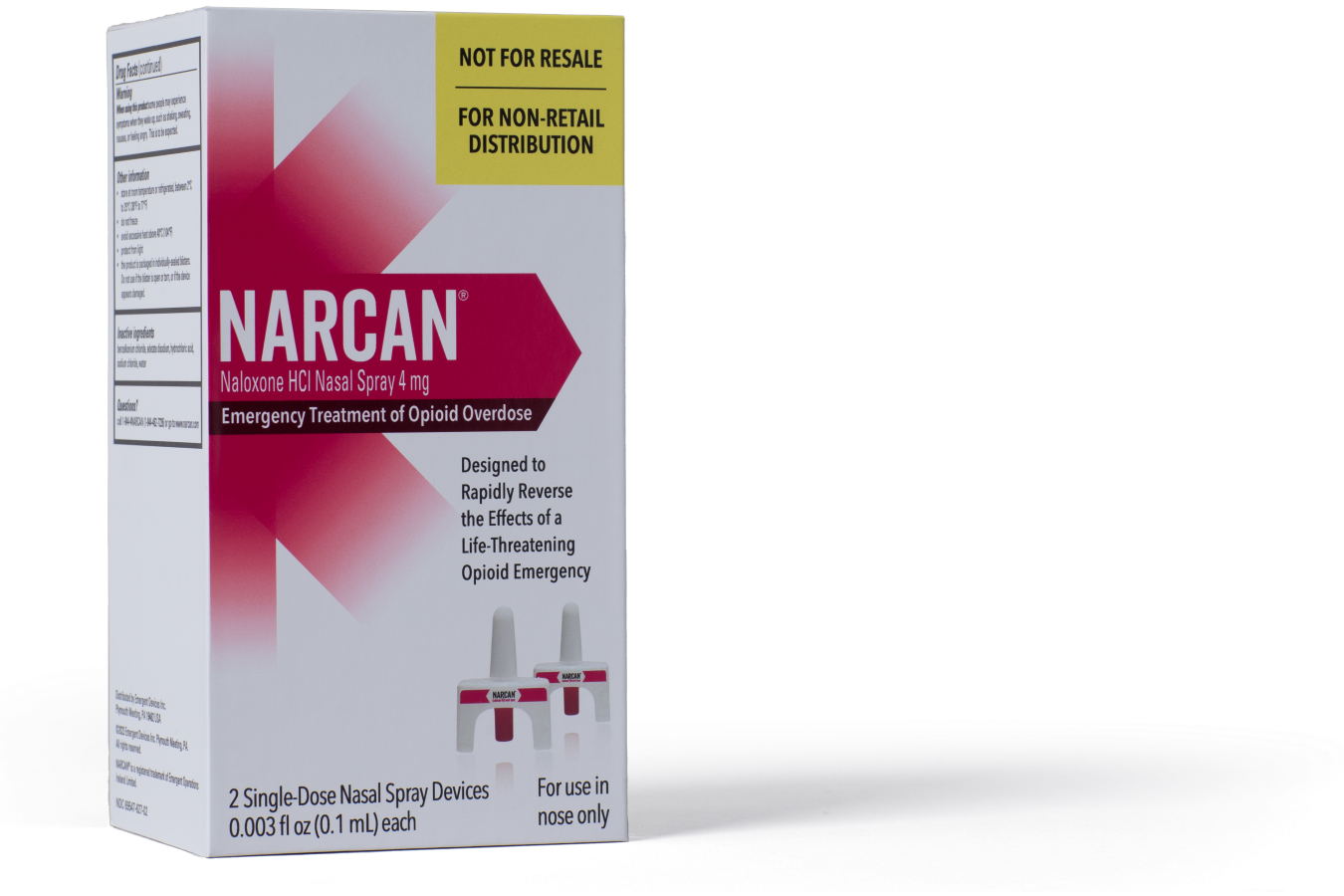What are the signs of an opioid overdose?
During an overdose, a person’s breathing can be dangerously slowed or stopped, causing brain damage or death. It’s important to recognize the signs and act fast, even before emergency workers arrive.
Signs of an overdose may include:
-
Small, constricted “pinpoint pupils”
-
Falling asleep or loss of consciousness
-
Limp body
-
Slow, shallow breathing
-
Choking or gurgling sounds
What drugs will Naloxone work on?
If you give naloxone to a person who has not taken an opioid medicine, it will not hurt them.
Naloxone (Narcan®) temporarily reverses the effects of overdose from drugs made from opium or opioids, including:
-
heroin
-
morphine
-
oxycodone (OxyContin®)
-
methadone
-
fentanyl
-
hydrocodone (Vicodin®)
-
codeine
-
hydromorphone
-
buprenorphine
What to do if you think someone has overdosed on opioids?
-
Call 911 immediately.
-
Give naloxone as quickly as possible, if available. Do not wait for emergency workers to arrive before giving naloxone.
-
Try to keep the person awake and breathing.
-
Lay the person on their side to prevent choking.
-
Stay with the person until emergency workers arrive.
-
Naloxone is a temporary treatment. More than one dose might be needed under some
circumstances, especially if an overdose event involves illicitly manufactured fentanyl and
fentanyl-related substances.
All information above from the CDC Factsheet: How and When to Use Naloxone for an Opioid Overdose
View CDC Fact Sheet
Video courtesy of Emergent
